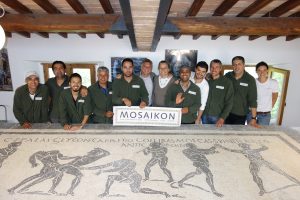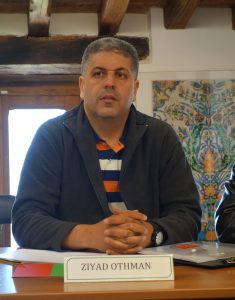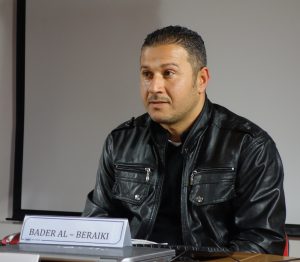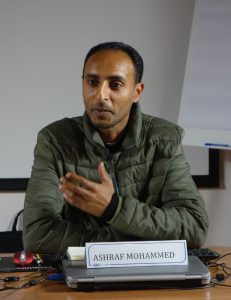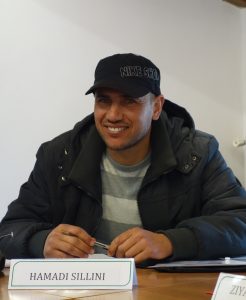MCC 2015-2016 is part of the specialization phase of the MCC program, run by CCA, Centro di Conservazione Archeologica, over the period 2011 – 2016, and oriented to Jordan, Libya, Syria and Tunisia. MCC is part of MOSAIKON, an international initiative aiming to build local capacity for the conservation and management of mosaics in the Mediterranean region. The institutions that take part in the project are the Getty Conservation Institute (GCI), the Getty Foundation, the International Centre for the Study of the Preservation and Restoration of Cultural Property (ICCROM) and the International Committee for the Conservation of Mosaics (ICCM).The whole program 2011-2016 was funded by a grant from the Getty Foundation.
In the previous editions of the course, a total of 28 participants were trained in general principles, methodologies and techniques of mosaic conservation, with special reference to lifted mosaics: MCC Syria 2011-2012, MCC Jordan&Tunisia 2012-2013, MCC Libya 2014, and MCC Jordan Syria Tunisia 2014.This second part of the program represented a level of advanced studies for professional conservators and trainers, and it was aimed to a group selected among participants of previous MCC course.
The program was structured in four modules of four weeks each carried out during 2015-2016:
– MCC 2015-1 run between 9th of March and the 2nd of April 2015 and MCC 2015-3, run between 7th of September and the 1st of October 2015 a program organized by CCA in collaboration with the Department of Antiquities of Jordan (DoA), the Department of Antiquities of Libya and the Directorate General of Antiquities and Museums of Syria (DGAM). Participants were two Jordanian conservators-restorers, three Libyan conservators-restorers and two Syrian conservator-restorer.
– MCC 2015-2 ran between the 12th of April and the 8th of May 2015 and MCC 2016-1 ran between 17th of March and 16th of April 2016, a program organized by CCA in collaboration with the Department of Antiquities of Jordan (DoA), the Directorate General of Antiquities and Museums of Syria (DGAM) and the Institute National du Patrimoine (INP) of Tunisia and aimed to three Jordanian conservators-restorers, two Syrian conservator-restorers and three Tunisian conservators-restorers.
The program has been followed by a four-week fieldwork experience on the mosaics of the archaeological site of Ephesus, Terrace House 2: MCC 2016 On Site Project.
The objective of the modules of the specialization phase was to deepen the topics already covered in the previous courses, and to introduce the participants to important aspects of the profession, such as risk and conservation assessment, planning, communication and teaching skills, and conservation chemistry. These subjects have been developed in these module, increasingly involving the participants in active exercises and practice. Furthermore, case-studies have been presented in order to broaden the participants’ experience in relation to mosaic conservation, and to allow them to have open discussions with established professionals in the conservation field.
During the course, participants had the opportunity to put theoretical knowledge into practice, working on two Roman mosaic detached from a Villa in Rome, dated to the 2nd century A.D, and to experience field work at the archaeological site in Ephesus, Turkey, working on mosaics from Terrace House 2, dating to the 1st century BC – 1st century AD. They were encouraged to effectively communicate their work within the international professional network and, as a result of MCC 2015-3, participants attended a four-day conference in Palermo, Sicily, giving a presentation on traditional production and use of lime in their countries.
See more on MOSAIKON initiative:
 on the Getty Foundation website
on the Getty Foundation website
on the GCI website


